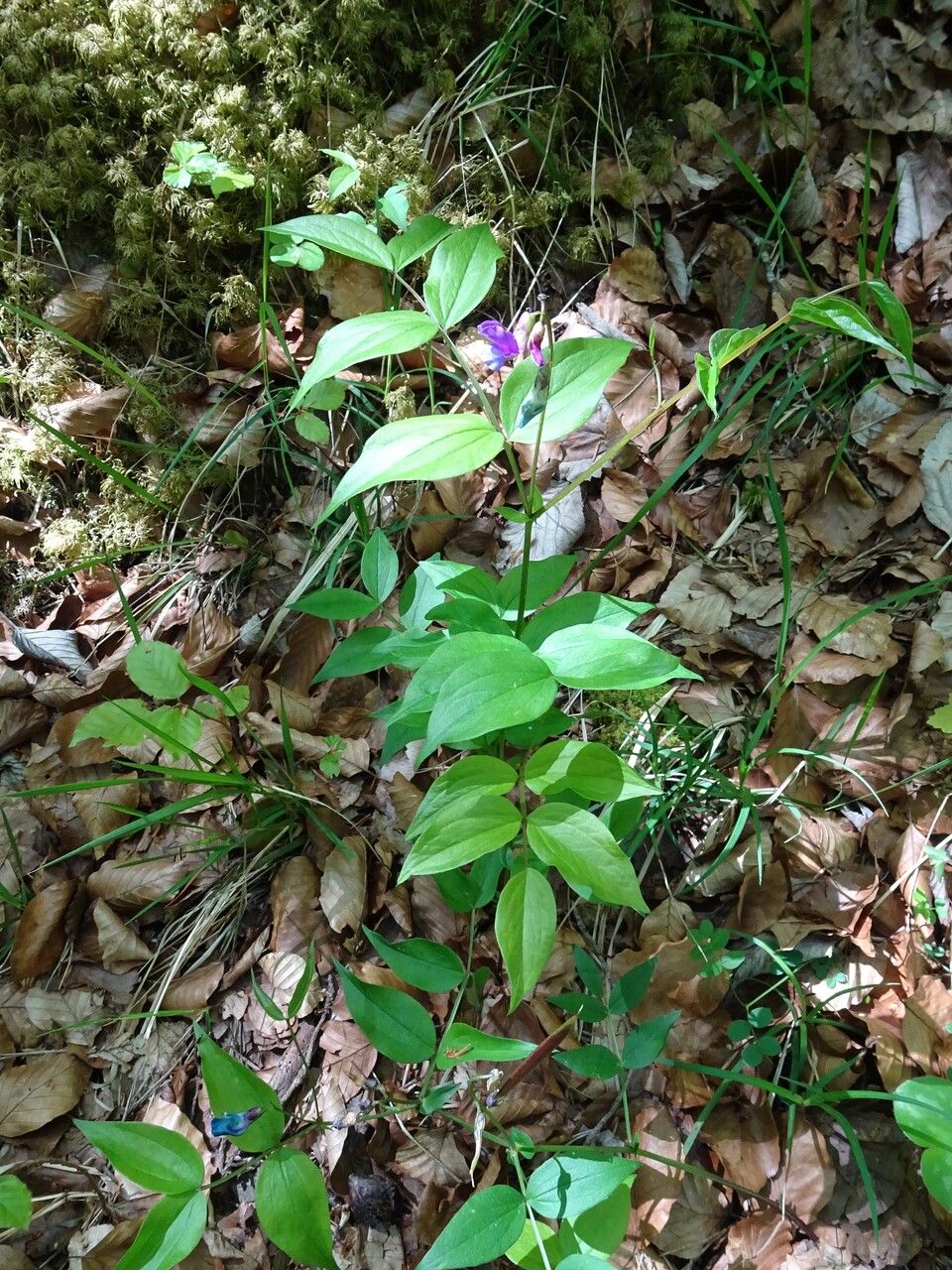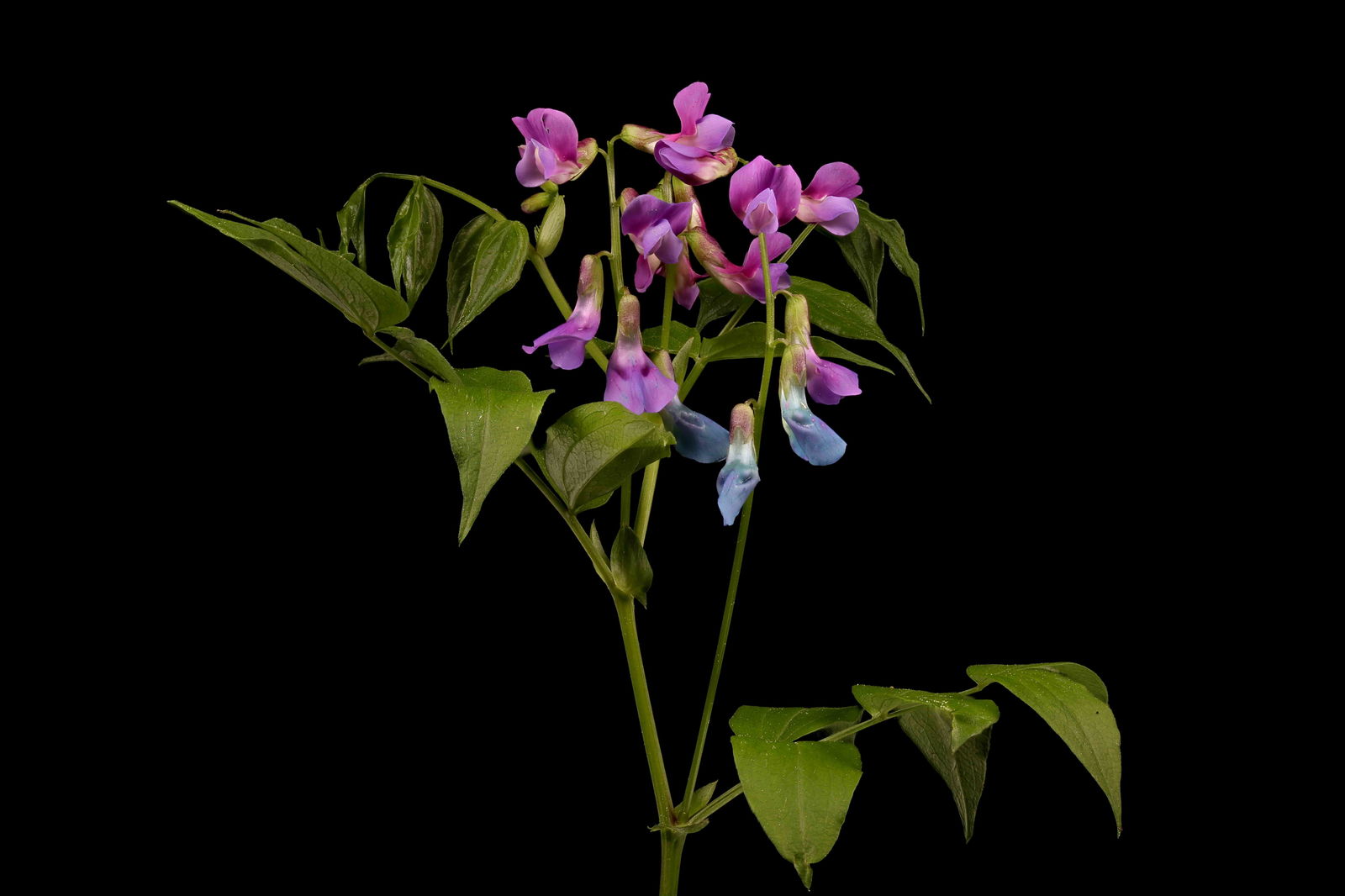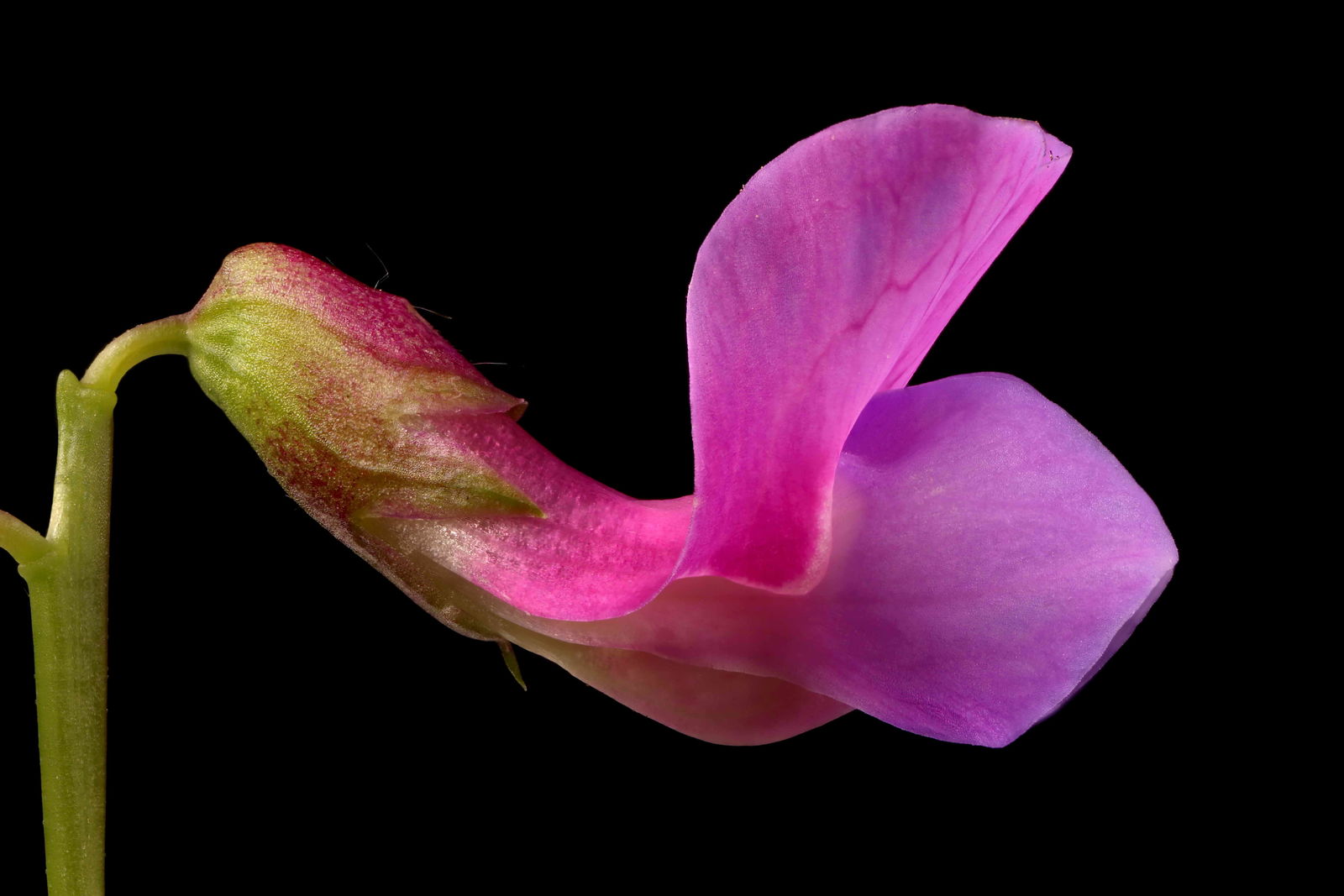Spring Vetchling
lathyrus vernus
Also known as: ["Spring Pea","Early Vetchling"]
Overview
A perennial herbaceous plant in the pea family, known for its early spring blooms and attractive foliage.
Benefits & Perks
["early flowering","wildlife attractant (bees, butterflies, birds)","shade tolerant"]
Botanical Classification
| Phylum: | Magnoliophyta |
| Class: | Magnoliopsida |
| Order: | Fabales |
| Family: | Fabaceae |
| Genus: | Lathyrus |
| Botanical Name: | Lathyrus vernus |
Plant Characteristics
Basic Information
- Category: Flowers
- Suitable Location: border fronts, rock gardens, or woodland edges
- Suitable For:
- Is Weed: No
- Allergenicity: low
Environmental Needs
- Climate: {"temperatureRange":"–30 to 30°C"}
- Hardiness: {"zones":"3–7"}
- Misting: rarely required, only if ambient humidity is very low
- Drainage: Well-draining but moisture-retentive.
- Soil Type: Rich, loamy soil with good organic matter.
Maintenance Level
- Maintenance Level: low
- Toughness Level: moderate
- Pruning Frequency: After flowering; every 3–4 years for division.
- Pruning Intensity: Light to moderate; focus on deadheading and thinning.
Care Details
Ideal Sunlight Coverage:
Full sun to partial shade (4–6 hours of direct sunlight daily); tolerates dappled light in hotter climates.
Sunlight Tolerance Tips:
Acclimate plants gradually to direct sun to prevent scorching; provide afternoon shade in hot regions; adjust indoor placement to mimic natural light conditions.
Care Requirements
Care Difficulty
easymoderate
Sunlight
full sun to partial shade
Morning sun is ideal; avoid harsh afternoon sun; rotate pots for even growth.
Watering
every 7–10 days during active growth, reduce in winter
Water at the base to avoid foliage, ensure soil dries slightly between waterings, and adjust frequency based on weather and soil conditions.
Soil
well-drained, fertile, slightly alkaline loam
pH: Slightly acidic to neutral (pH 6.0–7.0).
Ensure soil is fertile and well-draining; avoid waterlogged conditions; enrich with organic matter annually.
Temperature
Prefers cool to moderate temperatures (60–75°F or 15–24°C); thrives in spring conditions; tolerates light frost.
Avoid sudden temperature shifts; protect from frost; ensure good air circulation.
Fertilizing
every 4–6 weeks during spring and summer
Fertilize sparingly; apply before active growth; stop fertilizing in late summer.
Propagation
Methods
Division or seed sowing; division is preferred for mature plants.
Step-by-Step Propagation Guide
- Divide clumps every 3–4 years.
- Separate healthy sections with roots.
- Replant immediately.
- Sow seeds shallowly and keep moist.
Best Time: Early spring or fall for division; sow seeds in early spring or late summer.
Environment
Cool, moist conditions with partial shade for seeds; division requires normal garden conditions.
Medium
Well-draining soil mix with compost; for seeds, use a standard seed-starting mix.
Hormone
Not necessary for division; optional for seeds to encourage germination.
Timeline
Division: immediate establishment; seeds: germination in 2–4 weeks, flowering in 1–2 years.
Tools Needed
Garden fork, sharp knife, trowel, seed trays.
Quick Tips
Divide when plants are dormant; soak seeds overnight before sowing; protect young seedlings from extreme weather.
Pruning & Repotting
Pruning Guide
Method
Cut flower stalks at the base; divide clumps with a sharp, clean tool.
Pruning Plan
Remove spent flower stalks to encourage reblooming; thin overcrowded clumps to improve air circulation.
Tools
Pruning shears, garden fork, sharp knife.
Checklist
Deadhead regularly; divide when overcrowded; clean tools between cuts.
Repotting Guide
Best Season
Early spring before active growth begins.
Pot Size
One size larger pot; ensure it has drainage holes.
Method
Use fresh, well-draining soil; ensure good drainage; gently tease out roots if pot-bound.
Suggestions
Not typically needed as Lathyrus vernus is a perennial garden plant; container-grown plants may need repotting every 2–3 years.
Checklist
Check root health; use fresh soil; water lightly after repotting.
Advanced Care Tips
Watering Mastery
Watering Checklist
Check soil moisture before watering; water deeply but infrequently; ensure proper drainage; adjust for seasonal changes.
How to Apply Water Properly
Water thoroughly until it drains from the bottom, ensuring moisture reaches the root zone but avoiding waterlogging; water in the morning to reduce evaporation and fungal risk.
Watering Schedule Tips
Water deeply once a week during spring growth, reducing frequency to every 2–3 weeks in summer and fall; avoid watering in winter unless soil is very dry.
Soil Improvement
Add compost or well-rotted manure; incorporate perlite or sand for drainage; mulch to retain moisture.
Temperature Stress Management
Signs of Temperature Issues
Wilting, yellowing leaves, stunted growth, or bud drop in extreme heat or cold.
Cold Stress
Slows growth and may cause leaf discoloration or dieback in prolonged freezing conditions.
Solution: Mulch heavily in winter; protect from harsh winds; move containers to sheltered spots if possible.
Hot Stress
Leaves may scorch, growth may stall, and flowering can be reduced in excessive heat.
Solution: Provide shade during peak sun hours; increase watering; use mulch to retain soil moisture.
Fertilizing Guide
Fertilizing Checklist
Use balanced fertilizer; apply in spring; avoid late-season feeding.
Fertilizing Method
Use a balanced, slow-release fertilizer in early spring; avoid over-fertilizing as Lathyrus vernus is not heavy feeder.
Common Problems & Solutions
Toxicity Warning
Cats
Slightly ToxicSimilar to dogs, cats may experience mild gastrointestinal distress or neurological effects if they consume the seeds or young shoots of Lathyrus vernus.
⚠️ Symptoms:
🌿 Toxic Parts:
⚡ Toxic If:
if eaten
Dogs
Slightly ToxicThe seeds and young shoots of Lathyrus vernus can cause mild gastrointestinal upset and, in rare cases, neurological symptoms if consumed in large quantities.
⚠️ Symptoms:
🌿 Toxic Parts:
⚡ Toxic If:
if eaten
Humans
Slightly ToxicLathyrus vernus contains small amounts of neurotoxic amino acids that can cause lathyrism, a condition affecting the nervous system, particularly with prolonged or excessive consumption.
⚠️ Symptoms:
🌿 Toxic Parts:
⚡ Toxic If:
if eaten
Frequently Asked Questions
Q: Is Lathyrus vernus toxic to pets?
A: It is mildly toxic to dogs and cats if ingested.
Q: Does this plant require full sun?
A: It can tolerate partial shade and is suitable for woodland gardens.
Q: How often should I water Lathyrus vernus?
A: Water moderately, allowing the soil to dry slightly between waterings.
Quick Reference
| Family: | Fabaceae |
| Care: | easy |
| Light: | full sun to partial shade |
| Water: | every 7–10 days during activ |
Get Expert Care Tips
Download the Plantious app for personalized care reminders and plant identification!
Google Play App Store








